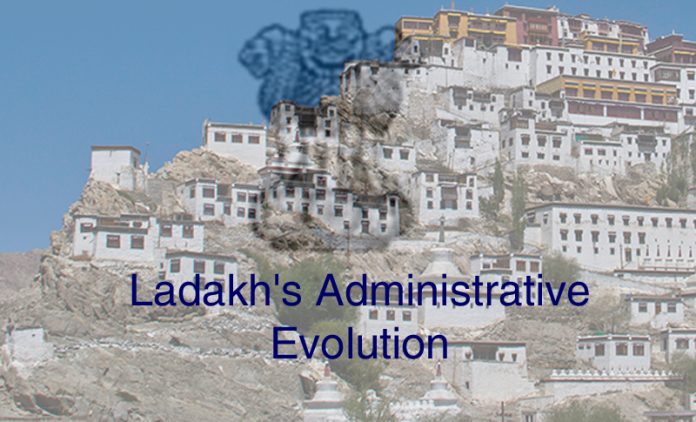The UT of Ladakh has embarked on a new journey towards enhanced governance and development. Creating five new districts-Zanskar, Drass, Sham, Nubra, and Changthang-marks a significant milestone in the region’s administrative history. This decision holds the promise of bringing the benefits of governance closer to the people, ensuring that every corner of this vast and diverse region receives the attention it deserves.
Ladakh’s transformation into a UT on August 5, 2019, was a momentous event, reshaping its political and administrative landscape. This move was seen as a step towards integrating Ladakh more closely with the rest of the country, opening up new avenues for development, governance, and connectivity. However, the vast and rugged terrain of Ladakh, coupled with its sparse population and unique geographical challenges, necessitated a more localised approach to governance. Creating the five new districts recognises this need, aiming to decentralise administration and bring it closer to the people.
The creation of new districts will enhance governance by making the administration more accessible and responsive. The existing districts in Ladakh-Leh and Kargil-encompass vast areas, making it difficult for the local administration to address the needs of remote and isolated communities effectively. The new districts will help overcome this challenge by bringing the administrative machinery closer to the people. Zanskar, a newly created district known for its challenging terrain and harsh winters, will now have its own district headquarters. This will significantly reduce the distance that residents need to travel to access Government services, thereby improving their quality of life. Similarly, Drass, one of the coldest inhabited places on earth, will benefit from being recognised as a district with dedicated administrative resources to address its unique challenges.
Moreover, the new districts will allow for more focused development initiatives tailored to the specific needs of each region. The Nubra Valley, with its strategic location near the LAC and its growing importance as a tourism hub, will now have a dedicated administration to oversee its development and security needs. Similarly, Changthang, home to the nomadic Changpa community and the high-altitude Tso Moriri Lake, will benefit from targeted efforts to preserve its fragile ecosystem and promote sustainable development.
The creation of new districts is also expected to spur economic development in Ladakh. With district-level administration comes the potential for increased investment in infrastructure, education, healthcare, and tourism. Ladakh’s unique geography and cultural heritage make it a prime candidate for eco-tourism and adventure tourism, and the establishment of new districts could help unlock this potential. The presence of a district administration will also encourage the development of local industries such as handicrafts and agriculture, providing new livelihood opportunities for the residents. Additionally, the strategic location of some of these new districts, particularly Nubra and Changthang, underscores the importance of strengthening infrastructure and security in these border regions. Enhanced road networks, communication facilities, and healthcare services will not only improve the lives of the local population but also contribute to national security by ensuring better connectivity and support for the armed forces stationed in these areas.
While the creation of new districts is a welcome step, it is not without challenges. The success of this initiative will depend on the effective allocation of resources, the appointment of competent administrative personnel, and the active involvement of local communities in the decision-making process. The harsh climatic conditions and difficult terrain of Ladakh pose additional challenges, requiring innovative solutions and sustained efforts to ensure that governance reaches every corner of the new districts. Moreover, there is a need to strike a balance between development and environmental conservation. Sustainable development practices, informed by local knowledge and traditions, should be at the core of any development strategy in the new districts. As Ladakh moves forward with this new administrative structure, the Government’s efforts are to build a future that is inclusive, sustainable and prosperous.
Trending Now
E-Paper


